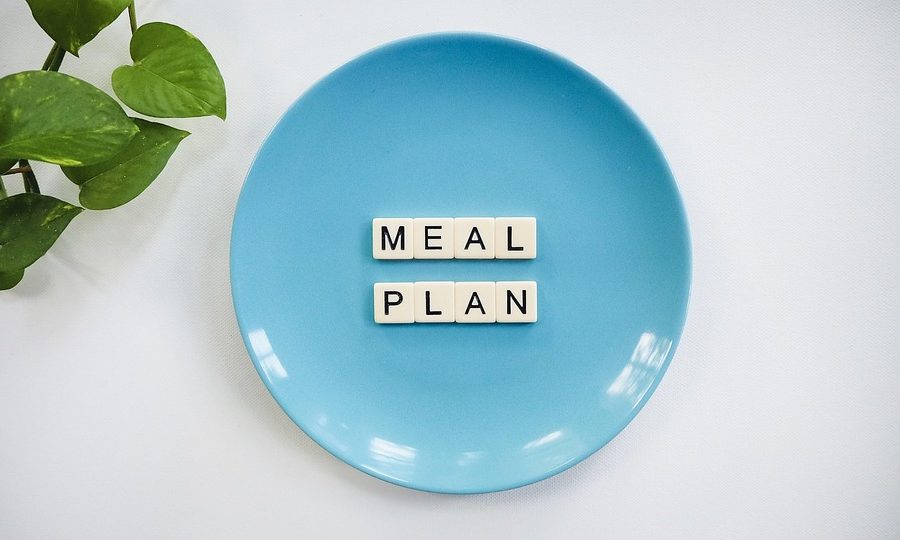The GLP-1 diet plan has gained popularity for its effectiveness in promoting weight loss and improving metabolic health. GLP-1, or glucagon-like peptide-1, is a hormone that plays a crucial role in regulating appetite and insulin secretion. By choosing foods that enhance the effects of GLP-1, you can support your weight loss journey while nourishing your body. In this article, we will explore the top 10 foods to include in your GLP-1 diet plan for weight loss.
What is a GLP-1 Diet Plan?
A GLP-1 diet plan focuses on incorporating foods that stimulate the production of GLP-1 in the body. This hormone helps you feel fuller for longer periods, reduces appetite, and aids in digestion. The goal of this diet is to help you lose weight naturally while maintaining energy levels and overall health.
Benefits of a GLP-1 Diet
- Reduced Appetite: You’ll feel less hungry, which can lead to lower calorie intake.
- Enhanced Satiety: Foods in this diet help keep you feeling full.
- Better Blood Sugar Control: It can lead to improved insulin sensitivity.
- Weight Loss: Many people experience significant weight loss when following a GLP-1 focused diet.
Top 10 Foods for Your GLP-1 Diet Plan
Incorporating a variety of nutrient-dense foods can help you maximize the benefits of a GLP-1 diet. Here are the top 10 foods you should include:
1. Leafy Greens
Leafy greens, such as spinach, kale, and Swiss chard, are low in calories and high in fiber. They contain essential vitamins and minerals while promoting digestion and satiety.
- Benefits:
- Low in calories
- High in fiber
- Packed with vitamins A, C, and K
2. Legumes
Legumes, including lentils, chickpeas, and black beans, are rich in both protein and fiber. These nutrients can help keep you satisfied and regulate blood sugar levels.
- Benefits:
- High in protein
- Excellent source of dietary fiber
- Supports muscle growth and repair
3. Whole Grains
Whole grains like quinoa, brown rice, and oats are excellent for sustained energy. They release glucose slowly into the bloodstream, aiding in blood sugar control.
- Benefits:
- Rich in fiber
- Stabilizes blood sugar levels
- Promotes digestive health
4. Healthy Fats
Incorporating healthy fats from sources like avocado, nuts, and olive oil can help you feel full longer. These fats are essential for hormone production and overall health.
- Benefits:
- Promotes satiety
- Supports brain health
- Provides essential fatty acids
5. Lean Proteins
Protein sources such as chicken, fish, tofu, and Greek yogurt can increase feelings of fullness and stimulate GLP-1 secretion.
- Benefits:
- Aids in muscle maintenance
- Boosts metabolism
- Reduces appetite
6. Berries
Berries like blueberries, raspberries, and strawberries are delicious, low-calorie fruits high in antioxidants. They can help improve insulin sensitivity and promote heart health.
- Benefits:
- Low in calories
- High in antioxidants
- Supports cardiovascular health
7. Cruciferous Vegetables
Vegetables like broccoli, cauliflower, and Brussels sprouts are high in fiber and provide important nutrients while being low in calories.
- Benefits:
- Promotes weight loss
- Supports digestive health
- Rich in vitamins C and K
8. Greek Yogurt
Greek yogurt is a protein-packed dairy option that is versatile and filling. It can be eaten alone or added to smoothies and salads.
- Benefits:
- High in protein
- Contains probiotics for gut health
- Low in sugar
9. Sweet Potatoes
Sweet potatoes are complex carbohydrates that provide energy and are rich in fiber and vitamins. They also have a lower glycemic index than regular potatoes, making them a better choice for blood sugar regulation.
- Benefits:
- High in fiber
- Rich in antioxidants
- Supports gut health
10. Dark Chocolate
Dark chocolate, in moderation, is a satisfying treat that can help improve insulin sensitivity. Opt for varieties containing at least 70% cocoa for the best health benefits.
- Benefits:
- Contains antioxidants
- Can enhance feelings of satisfaction
- Promotes heart health
Tips for Implementing Your GLP-1 Diet Plan
- Stay Hydrated: Drink plenty of water throughout the day to support digestion and metabolism.
- Meal Prep: Prepare meals in advance to make it easier to stick to your diet plan.
- Portion Control: Be mindful of portions to avoid overeating, even with healthy foods.
- Engage in Regular Exercise: Combine your diet with physical activity for optimal weight loss results.
Conclusion
Adopting a GLP-1 diet plan can help you achieve your weight loss goals while enhancing your overall health. By incorporating these top 10 foods—leafy greens, legumes, whole grains, healthy fats, lean proteins, berries, cruciferous vegetables, Greek yogurt, sweet potatoes, and dark chocolate—into your daily routine, you can enjoy a balanced and delicious diet that supports GLP-1 production and promotes weight loss.
Remember that consistency is key, and it’s important to listen to your body’s needs. Whether you’re just starting or looking to enhance your existing diet, these foods can set you on the path to success. Embrace the journey and enjoy the benefits of nourishing your body with healthy, fulfilling choices.









 Weight Loss, Unlocked.
Weight Loss, Unlocked.